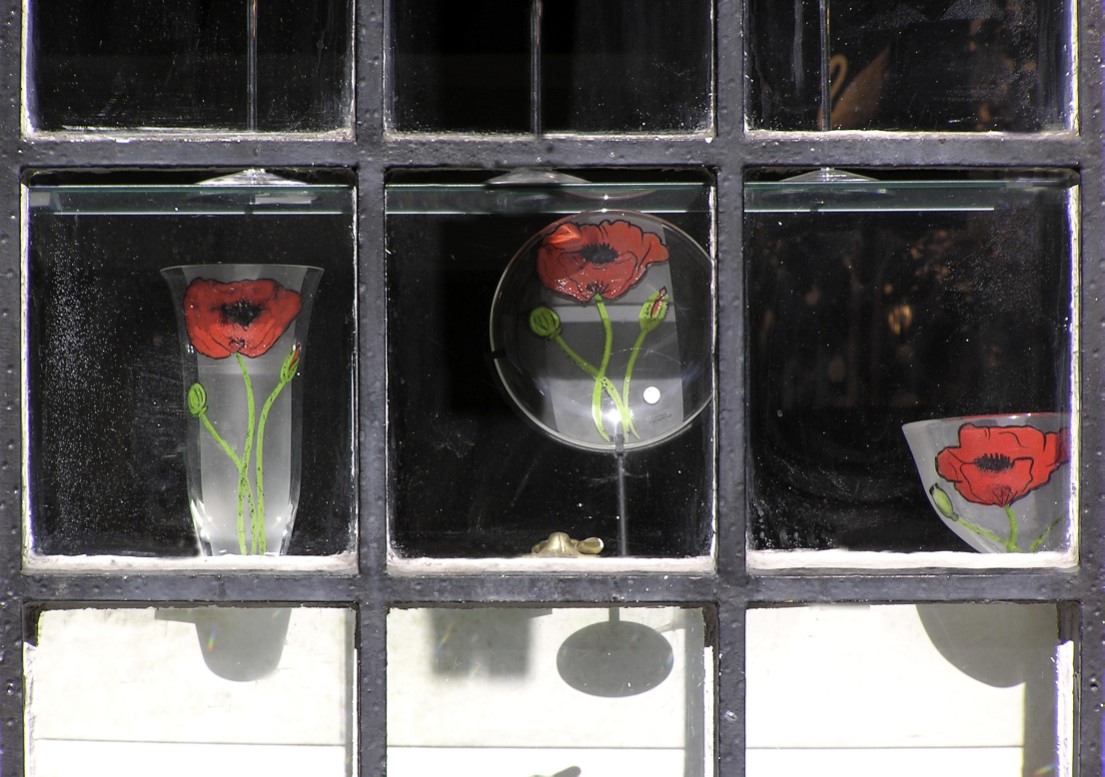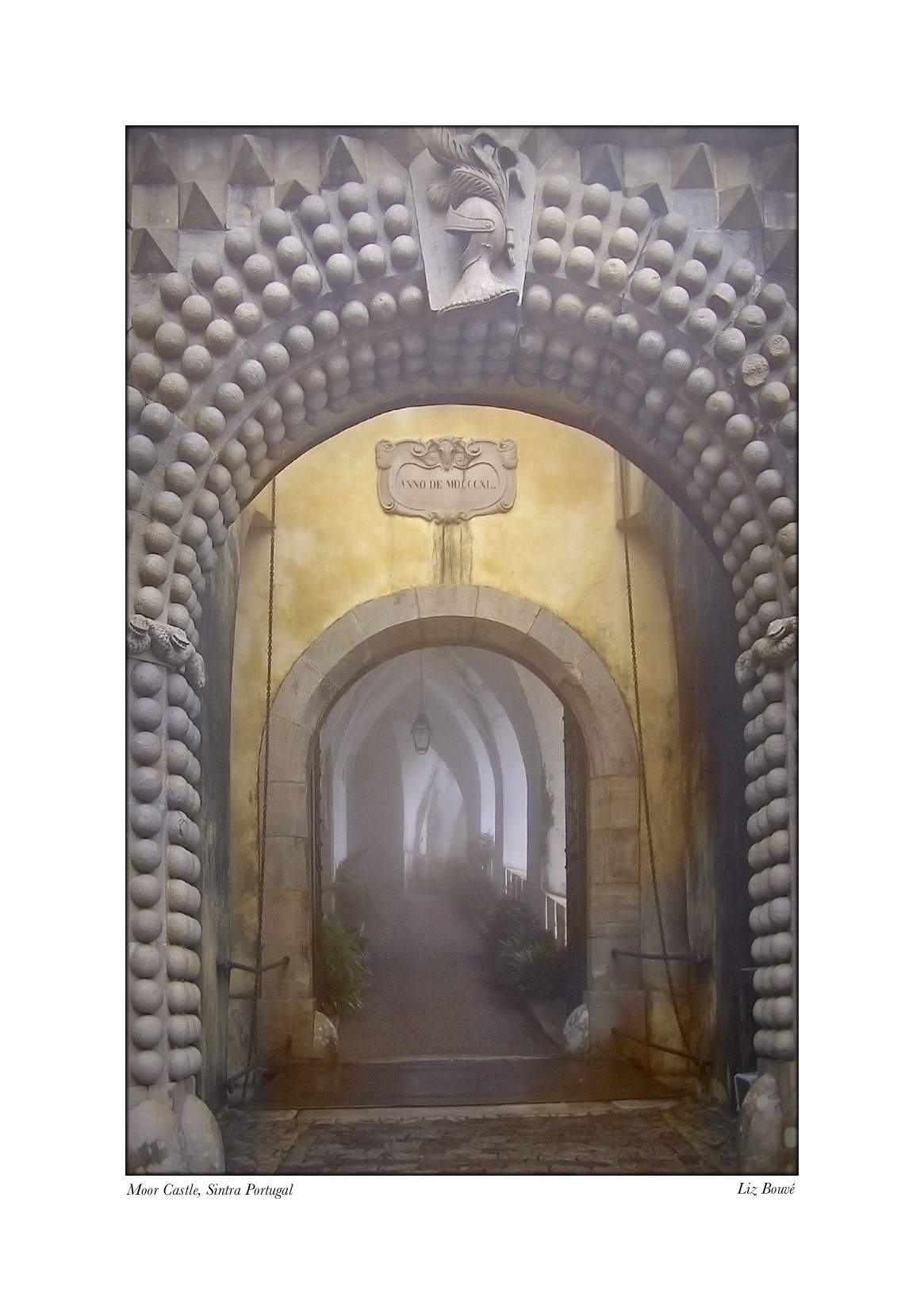
7. The smaller the first quadrant, the poorer the communication.
8. There is universal curiosity about the unknown area, but this is held in check by custom, social training, and diverse fears.
9. Sensitivity means appreciating the covert aspects of behavior, in quadrants 2, 3, and 4, and respecting the desire of others to keep them so.
10. Learning about group processes, as they are being experienced, helps to increase awareness (enlarging quadrant 1) for the group as a whole as well as for individual members.
11. The value system of a group and its membership may be noted in the way unknowns in life of the group are confronted.
The Original Johari Window
The original Johari awareness model was applied to questions of human interaction. These questions were brought into focus with the aid of the four quadrants. The model was then used by Joe Luft to engage in speculation. For example, what happens in a group when someone gives an unsolicited interpretation of another’s blind area? What happens to Quad 1 or Quad 3? The original model helped to clarify changes in awareness and openness as well as changes in tension, defensiveness, and hostility. Certain universal questions were addressed through the model—questions about the effect of unknowns on human interaction, trust, levels of miscommunication, ancient and primitive leadership patterns, and appropriate disclosure of self.







